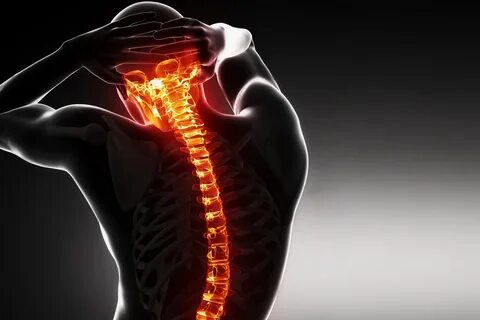Carrying heavy objects, toting a child, or doing strenuous activities can all make your back have the worst time. It takes time, sometimes years to eventually be diagnosed with ankylosing spondylitis (AS), which is a chronic inflammatory state of the spine. It comes with symptoms that are easily convoluted with those of the common backache we encounter every now and then. This article will, thus, touch on the symptoms that precisely make AS. Learning about them will save you from so much uncertainty and can help you diagnose it soon.
[sin_anuncios_b30]
What Is AS, Again?
Ankylosing spondylitis (AS) is a chronic,
and permanent type of arthritis that comes up early on in one’s life, roughly between the age of 17 and 45.
The way this fella’s pronounced is ank-eye-low-sing spon-dill-eye-tiss. It is some sort of an autoimmune condition, which means that the immune system considers a part of a body a foreign object and strikes it.
AS is often associated with the spine but it can also spread causing inflammation, intense pain, and mobility issues in other areas of the body like the shoulders, hips, ribs, heels, hands, and feet joints. But the striking part about AS is the inflammation of the sacroiliac joints that are at the base of the spine where it attaches to the pelvis. It is said that the condition is sometimes hereditary.
The symptoms of the condition come up gradually and at a slow pace until it gets to a critical stage. The development could take years. The small interlocking bones of the spine (the vertebrae) touch each other making back movement difficult to achieve. This is what Ankylosis stands for, this very progressive bony fusion. Spondylitis on the other hand stands for the inflammation in the vertebrae.
The Spondylitis Association of America reports that 1 out of every 200 adults in the U.S., or 1.1 million people, endure ankylosing spondylitis.
Keep on reading to find out about 5 symptoms that should never be ignored.
[sin_anuncios_b30]
